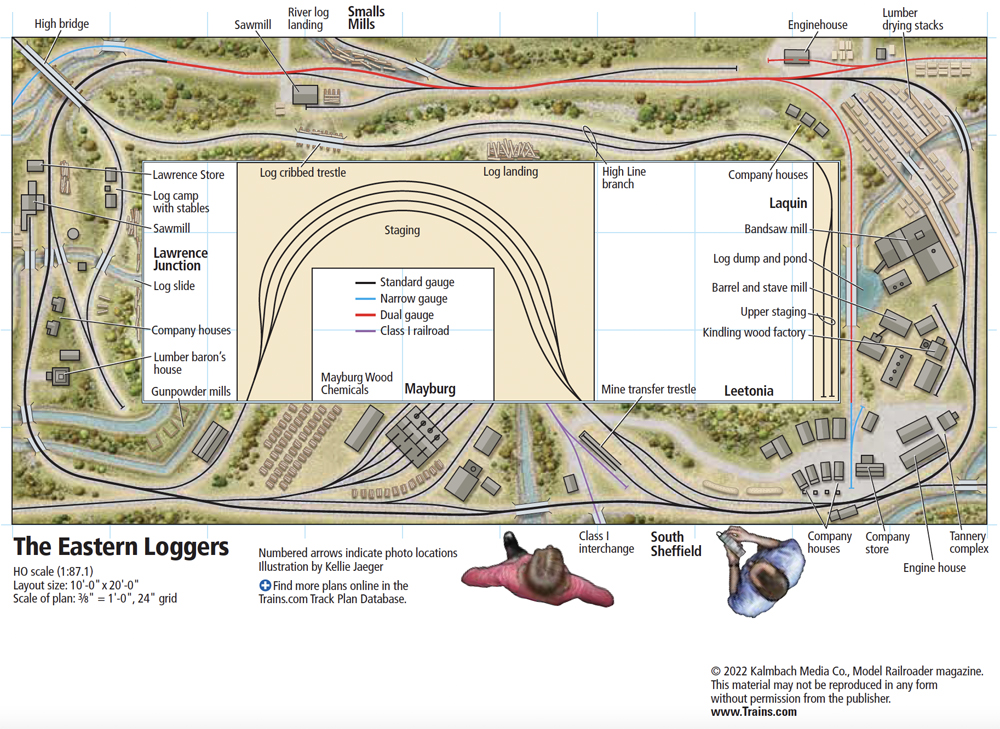
Facts & features Name: The Eastern Loggers Scale: HO (1:87) in standard, narrow (3-foot), and dual gauges Size: 10 x 20 feet Prototypes: Pennsylvania logging railroads Locale: mountains of Pennsylvania Era: summer, early 1920s Style: sectional Mainline run: 60 feet Minimum radius: 18″ Minimum turnout: no. 4 Maximum grade: 6 percent Benchwork: open grid Height: […]
Read More…
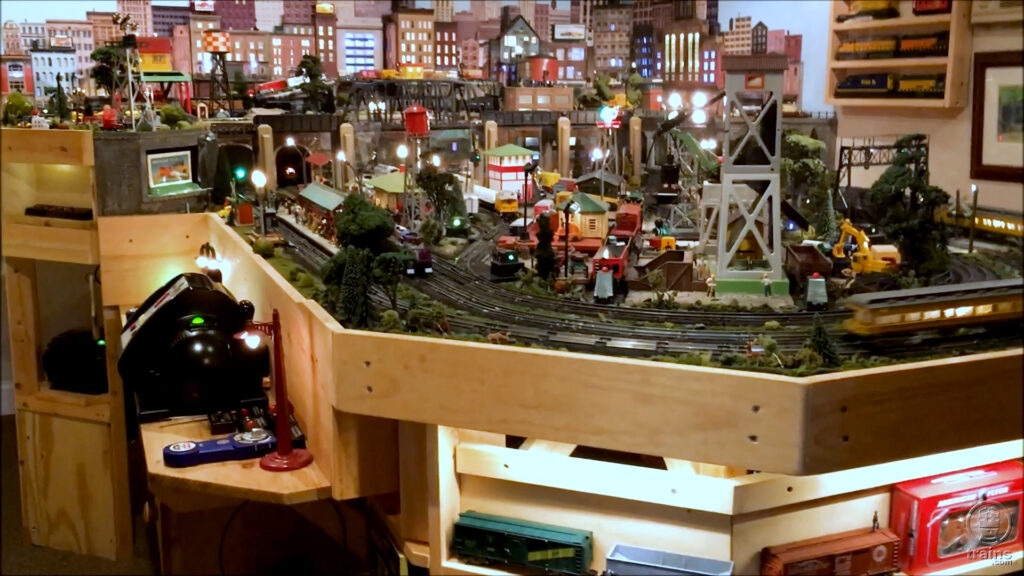
A small S gauge layout can give a lot of play value. For proof, check out John Mansueto’s layout in the November-December 2022 issue. It’s like many of the compact O and S gauge layouts spotlighted in Toy Train Layouts for Small Spaces, the 2021 special issue from Classic Toy Trains. Spare bedrooms, garage stalls, […]
Read More…
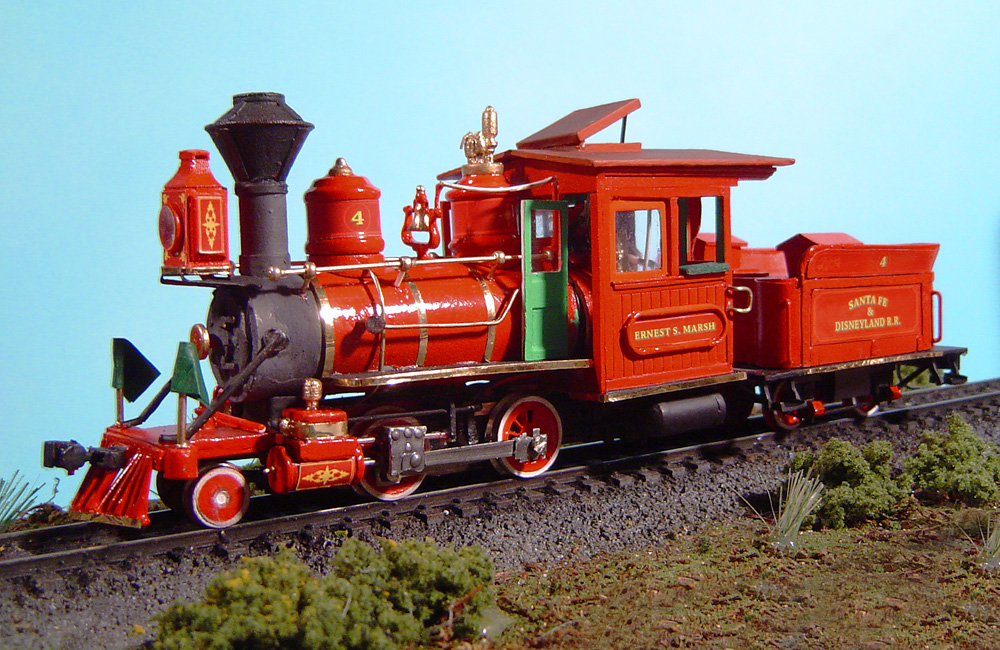
By Sam Towler Disneyland is one of the few places in the world where one is guaranteed to see an operating steam locomotive the day they visit. These trains have been hauling happy guests around the park since 1955. One particular engine, No. 4, the Ernest S. Marsh, has always interested me due to its unique […]
Read More…
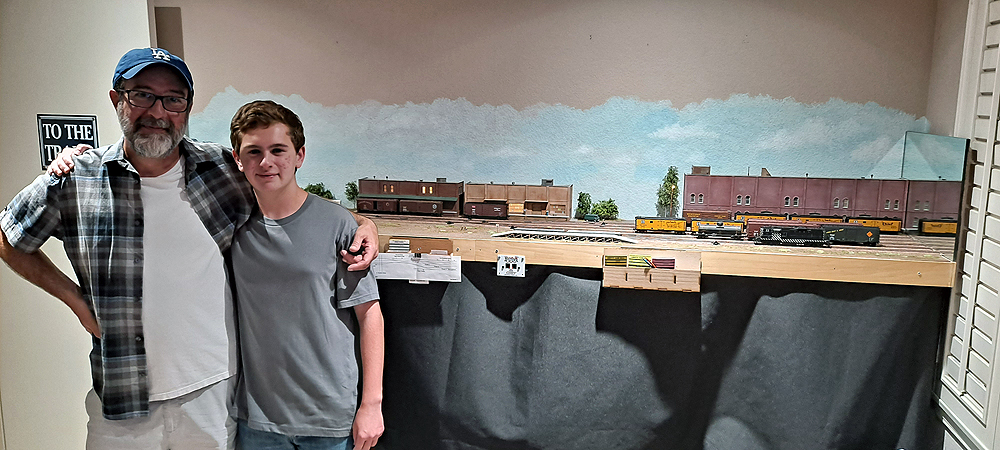
Model railroad operations weekends offer a fun way to learn about others’ layouts, meet new people, and if you’re a magazine editor, find new model railroads to feature in the magazine. At the beginning of summer 2022, I headed west to SoCalOps, an operating weekend centered around the Simi Valley in suburban Los Angeles. I […]
Read More…
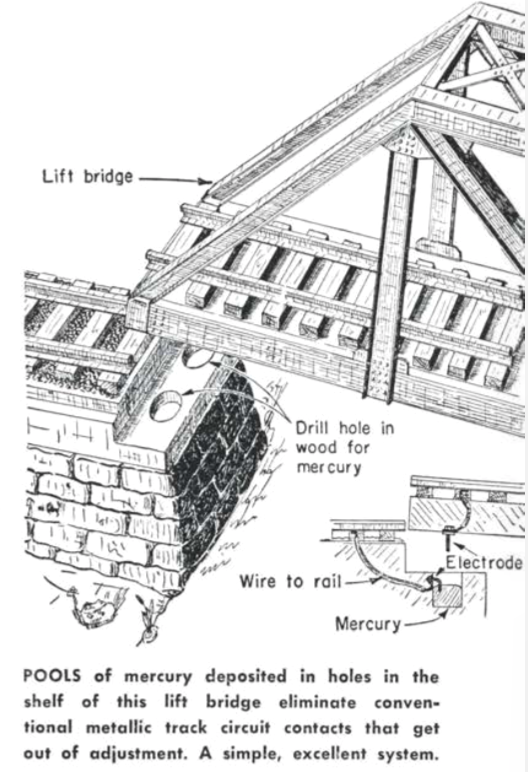
Can you believe hobbyists used to use toxic chemicals on model railroads? In the days before hobby shops sold premade scenery and wiring products, hobbyists made their own. Unfortunately, some of the materials weren’t very safe. Note: We’re providing this article for information and entertainment only. We are definitely not endorsing any of these substances […]
Read More…
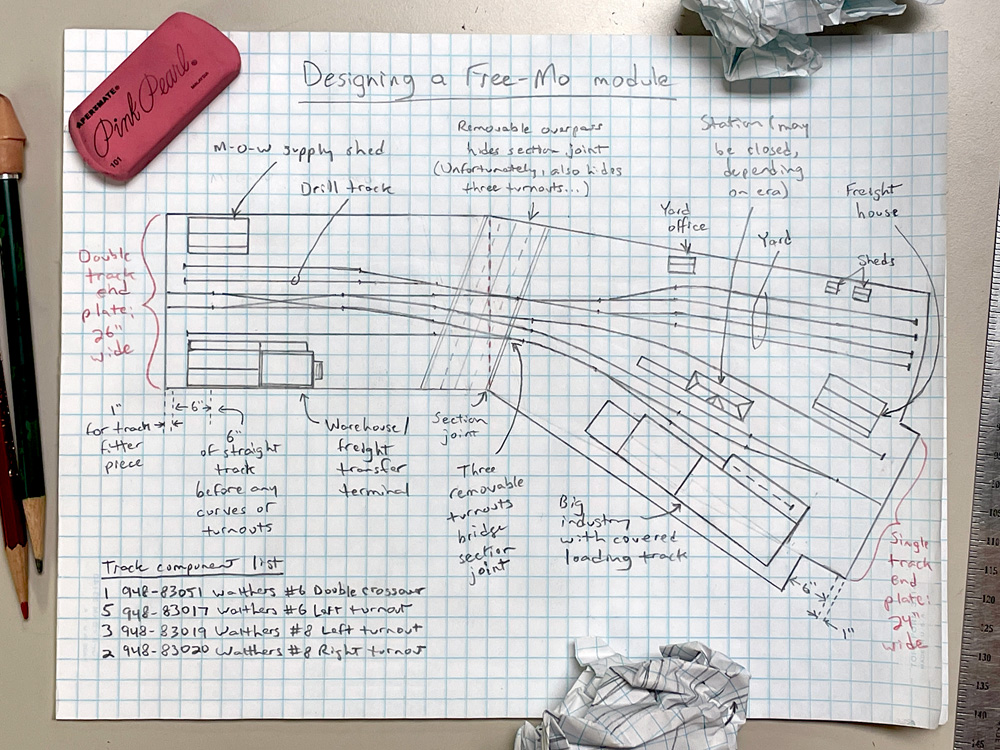
A while ago, I wrote about the Free-Mo modular standard. This month I thought I would share my thought processes while designing a Free Mo module. I’ll let you in on a secret: We’re planning on building our 2024 project layout as a series of Free-Mo modules. So my goal here is designing a Free […]
Read More…
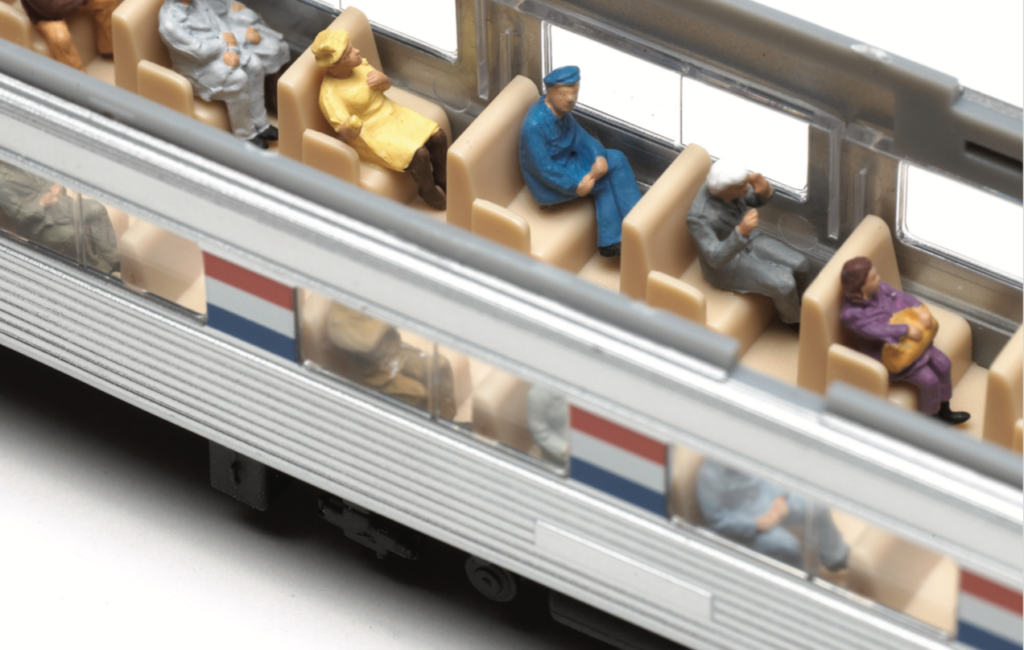
Passengers were the missing element on the daily Amtrak trains operating over my HO Ohio Southern until I discovered sets of seated figures made by Faller and Noch. Best of all, they fit right into the molded interior seats in Walthers’ classic streamliners. My Amtrak train represents a secondary turn-around run covered by the older […]
Read More…
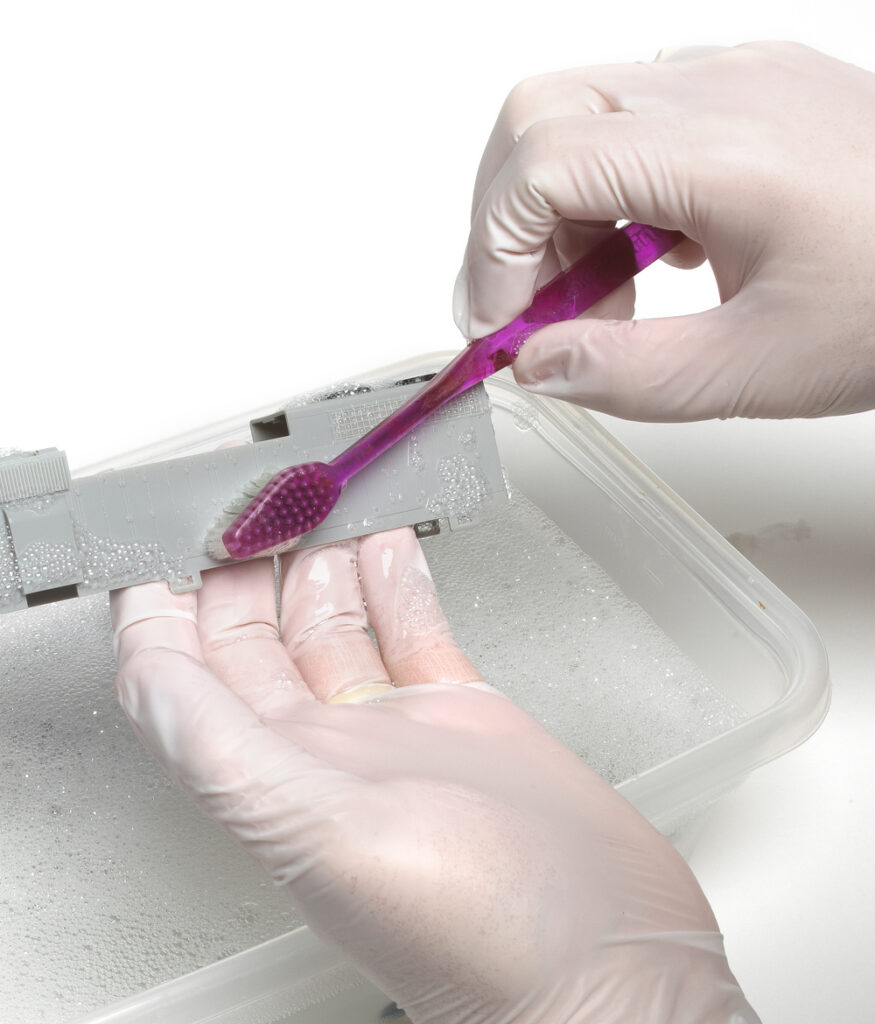
How to clean a dirty diesel locomotive Q: I just bought a 35-year-old Athearn HO SD45 painted as Electro-Motive Division’s demonstrator No. 4353. The old model has picked up a lot of dirt over the years, and I’m not sure how to go about cleaning it without damaging the paint job. Also, were the prototype […]
Read More…

Steel slab loads have been the subject of many reader questions, including some looking for ways to simulate hot-steel loads. While it’s easy enough to cut and paint pieces of plastic to represent the cold slabs, the trick has always been simulating the hot metal. The folks at State Tool & Die Co.have made this […]
Read More…
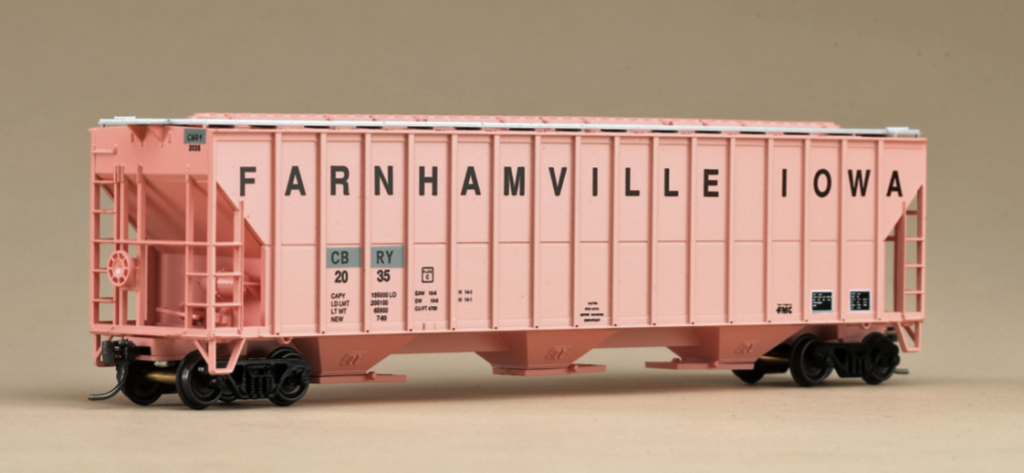
How to re-stencil reporting marks: If you’ve waited at a grade crossing recently, you’ve probably noticed many freight cars with their original reporting marks painted out and new ones applied. This is done because the car’s ownership has changed. Since repainting an entire freight car is costly, patching over old reporting marks is an accepted […]
Read More…

Two interesting freelanced HO flatcar and gondola loads can be made out of plastic parts from used Bic disposable razors. The flatcar load is made from the blade covers while the gondola carries cut-down handles. Of course, you need to be careful with the spent razor blades and dispose of the remnants properly to avoid […]
Read More…
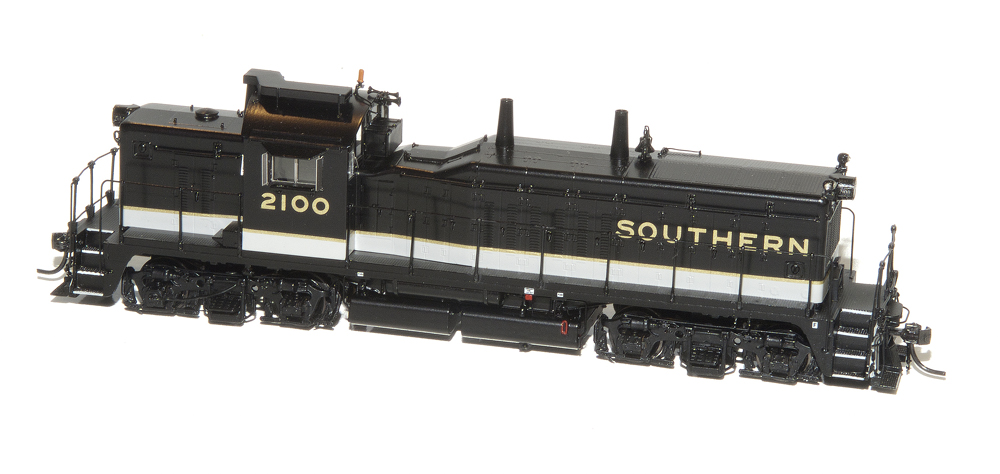
Electro-Motive Division’s NW5 history Electro-Motive Division’s NW5: Steam was still king when Electro-Motive Division (EMD) produced the NW5 diesel locomotive. However, railroads were taking note of the economy of performance offered by the various yard diesels entering the marketplace. This led railroads to approach EMD about the possibility of constructing low-cost diesels that could be […]
Read More…












